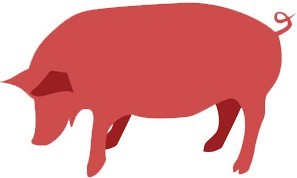When it comes to indian bridal practices, there’s so much that happens, and it often starts much before the big moment. Before the bride walks down the aisle, the man is welcomed by his immediately- to- be in- regulations and friends with a parade https://catholiceducation.org/resources/history-of-st-valentine known as the baraat. The bridegroom is escorted by his friends or on the back of an elephant to the meeting page( past) where his coming mommy- in- law may wash his feet, sprinkle him with vermillion and give milk and honey. She may also attempt to steal his footwear, which he will have to pay for if she succeeds. The wedding is finally adorned with flowers for luck and prosperity and he wears an beautiful sherwani.
In front of the drawing is a sacred fireplace that represents Agni, the Hindu deity of existence. The bride and groom may stroll around the fireplace along four or seven instances– these are called pheras. During this tradition, the couple is blessed for foods, success, delight, children, and harmony https://asiansbrides.com/jeevansathi-review as well as their commitment to each other.
After the pheras, it’s time to married! The kanyadaan, also known as roka, story or sakharpudra, is when the bride’s papa gives her away to the groom. The couple then change bands and the priest recite a chant that absolves them of their debts to their parents and relatives and welcomes them into their people. Then the groom places the Mangalsutra around the neck of his wife and they take seven steps forward, each representing one of the following: dharma ( morality ), artha ( wealth ), kama ( personal gratification ), moksha ( spirituality ). They are finally publicly married!




